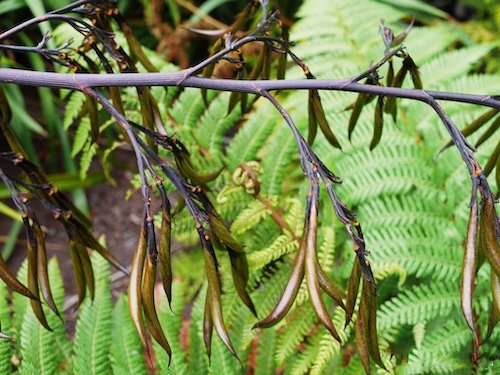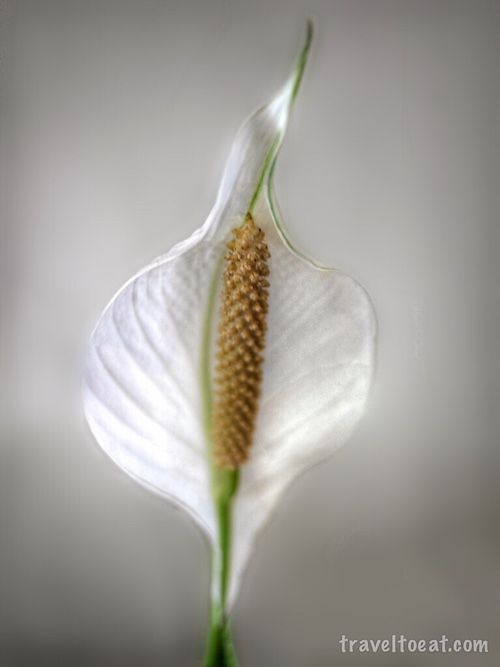
When we traveled to Sydney from Las Vegas, we took an overnight stopover in a small hotel near the airport, the Jetpark Hotel. While the hotel was clean and perfectly suitable for an overnight stay, the garden and landscaping outside was something special. Although I asked to meet the gardener, we never managed to connect. Even so, the plants were neatly labeled and the variety was extensive and representative of New Zealand. It was clear that someone took a great deal of pride in this landscaping. Even though this was not a “botanic garden”, I thought I would share the pictures I took.
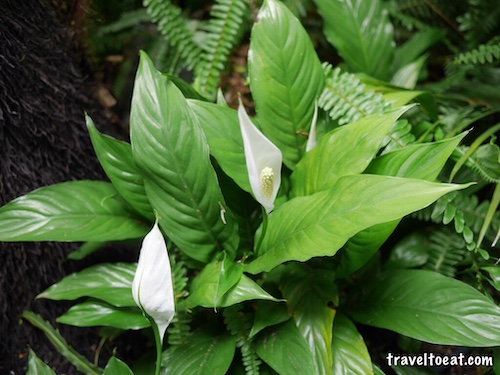
Arum italicum is a species of flowering herbaceous perennial plant in the family Araceae, also known as Italian arum and Italian lords-and-ladies. It is native to the Mediterranean region (southern Europe, northern Africa, and the Middle East) plus Great Britain, the Netherlands, Crimea, Caucasus, Canary Islands, Madeira, and the Azores. There are a number of cultivars depending mainly on varigated leaves. As you can see in the photo above, there is no variegation of the leaves (they are flat green) so this must be Arum italicum neglectum. The most interesting feature of this species is the particular form of fertilization, one spadix enclosed by a large tapered spathe. The two pictures above show the plant in summer and the knobby Spadix has been fertilized and growing on a stem.
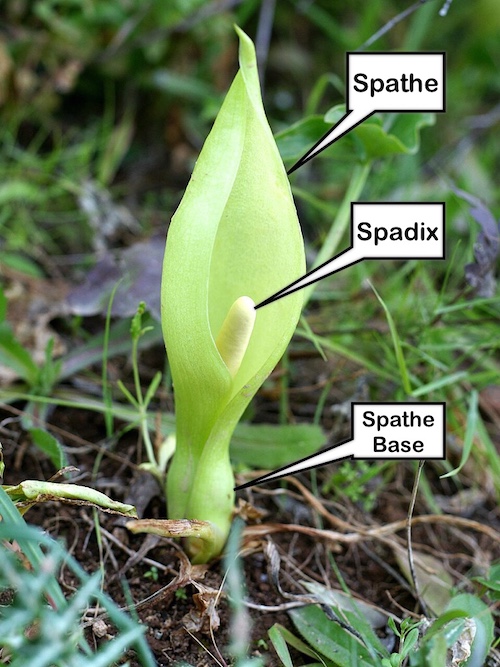
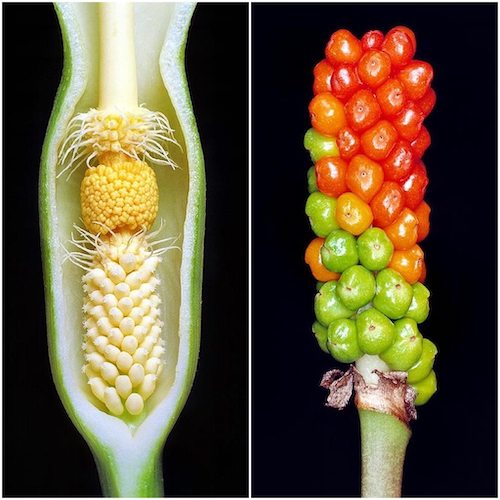
The spring assembly smells like rotten meat, inviting flys and beetles. If we dissect the spathe base we find a trap for flies and similar insects looking for food in a warm place. Upward sound hairs facing down, then the male inflorescence and below other hairs facing up that block the insect at the centre. When the male flowers ripen, these wither and the prisoners covered by pollen are entitled to an ampler cell to fertilize the female inflorescence. Only after fertilization, the upstanding hairs wilt and the poor ill-fated insects are again free for visiting other Arums. (© Giuseppe Mazza) This is a pretty quick description of the life cycle of Arum italicum, I encourage you to visit Dr Mazza’s excellent paper found in the references.
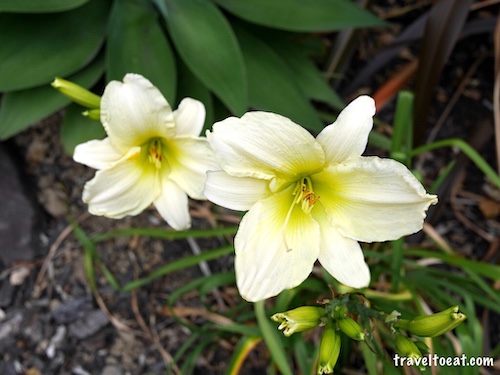
Lilium regale, called the regal lily or king’s lily, is Chinese species of plants in the lily family, with trumpet-shaped flowers. It is native to the western part of Sichuan Province in southwestern China and cultivated elsewhere as an ornamental.
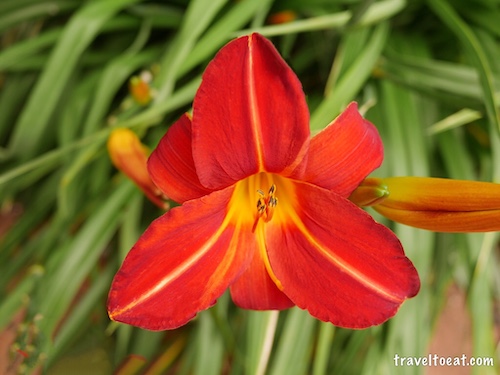
Daylilies are perennial plants, whose name alludes to the flowers which typically last no more than 24 hours. The flowers of most species open in early morning and wither during the following night, possibly replaced by another one on the same scape (flower stalk) the next day.
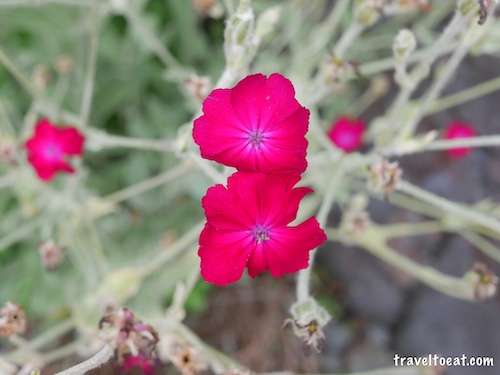
Lychnis coronaria has been reclassified as Silene coronaria due to genetic sequencing since 2003. Silene coronaria is a species of flowering plant in the carnation family Caryophyllaceae, native to Asia and Europe. Common names include rose campion, dusty miller (this also refers to Centaurea cineraria and Jacobaea maritima), mullein-pink and bloody William. It is a perennial growing to 80 cm (31 in) tall by 45 cm (18 in) wide, with grey felted leaves and single, bright magenta flowers produced in succession in late summer.
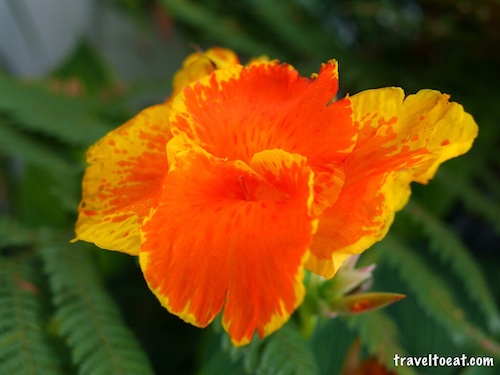
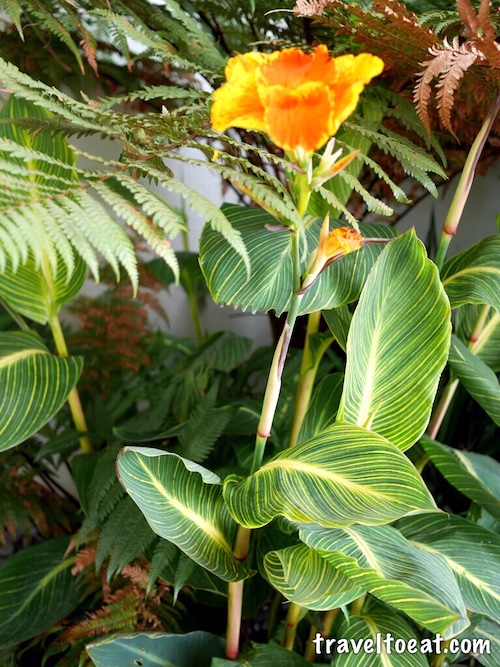
This is a very unusual and hard to find Heirloom Canna Florence Vaughan developed in the Victorian era and very popular for that time. Also known as Yellow King Humbert or Mme. Crozy. This is one of the best showy speckled yellows and orange of all the cannas. The leaves are a very soft green and grow to about 5 to 6 feet tall. Cannas boomed in the late 1800s, when Victorian gardeners were celebrating all things exotic. At the 1893 Chicago World’s Fair, the Columbian Exposition, huge crowds and rave reviews greeted an enormous planting of cannas. Unfortunately of all of these, only one seems to survive, the flamboyant Florence Vaughan, a living souvenir of the 1893 World’s Fair.
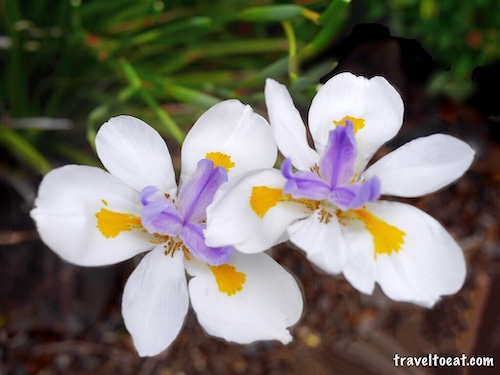
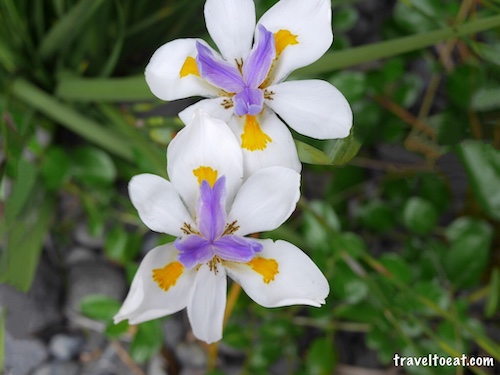
Dietes grandiflora (large wild iris, fairy iris) is a rhozomatous perennial plant with long, rigid, sword-like green leaves belonging to the Iridaceae family. This species is common in horticulture in its native South Africa, where it is often used in public gardens and along roadsides.
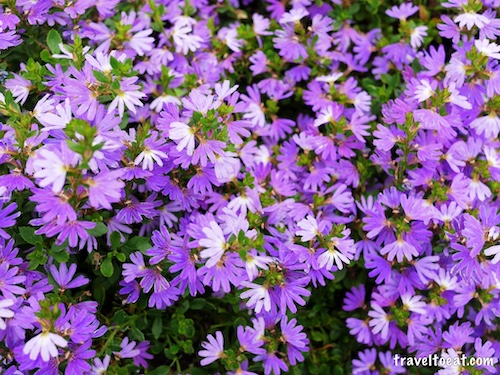
Scaevola aemula (Fairy Fan-flower or Common Fan-flower) is a small shrub in the family Goodeniaceae, native to southern Australia. It grows to 50 cm in height and produces white, violet or blue flowers in spikes up to 24 cm long from August to March in its native range. The species is thought to be the most commonly cultivated of the genus Scaevola, and a large number of cultivars have been developed.
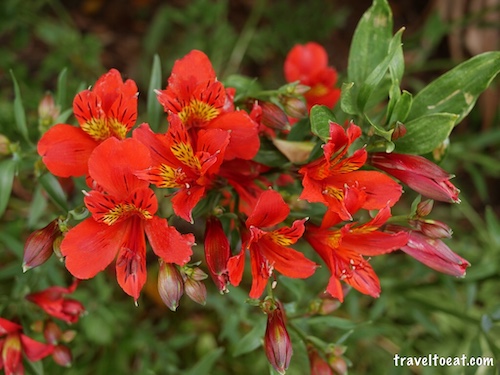
Alstroemeria, commonly called the Peruvian lily or lily of the Incas, is a genus of flowering plants in the family Alstroemeriaceae. They are all native to South America although some have become naturalized in the United States, Mexico, Australia, New Zealand, Madeira and the Canary Islands. Many hybrids and at least 190 cultivars have been developed, featuring many different markings and colors, including white, yellow, orange, apricot, pink, red, purple, and lavender. All are long-lived perennials except A. graminea, a diminutive annual from the Atacama Desert of Chile.
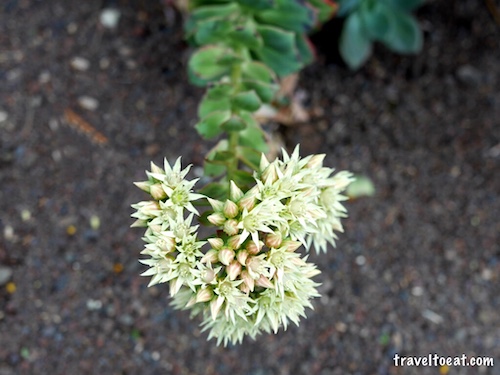
Allium vineale, wild garlic, has established in most provinces and states of North America, ranging from Alaska to Florida to Quebec. Native to Eurasia, it has been introduced to Australia, New Zealand and North America, where it rapidly became an invasive species. It often produces bulbils instead of flowers in its flower head, which aids its spread. The name Allium is possibly from the Latin word for garlic or the Celtic word all “pungent” or “burning”. Allium vineale was in the wild by 1800 in the New Zealand Bay of Islands probably from French plantings in 1772.
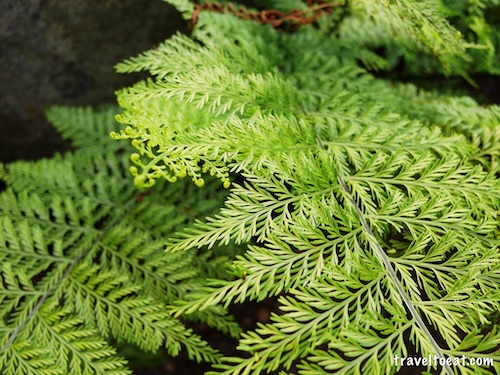
Asplenium bulbiferum, known as mother spleenwort, is a fern species native to New Zealand only. It is also called hen and chicken fern and, in the Māori language, pikopiko, mouku or mauku. Its fronds are eaten as a vegetable.
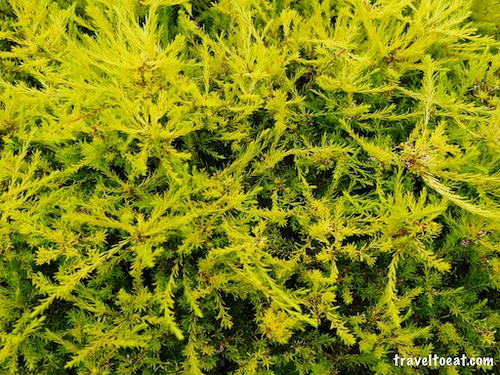
Coleonema pulchellum, commonly known as confetti bush, buchu, diosma or breath of heaven, is a shrub which is endemic to South Africa. Coleonema pulchellum ‘Sunset Gold’ (Golden Breath of Heaven) is a spreading evergreen shrub grows to 2 feet tall and spreads to 4-6 feet. It has needle-like yellowish-green foliage and pale-pink flowers that appear from winter to spring. This one-time New Zealand “Shrub of the Year” was apparently first discovered in a garden in Western Australia and first introduced into the US in the late 1980’s.
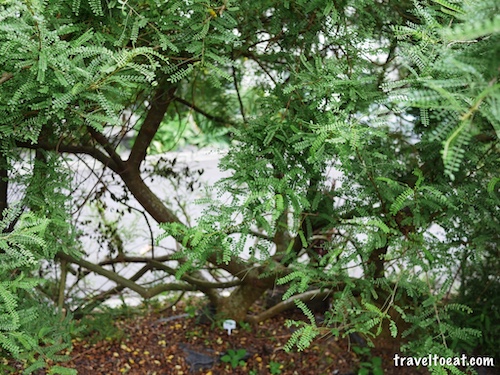
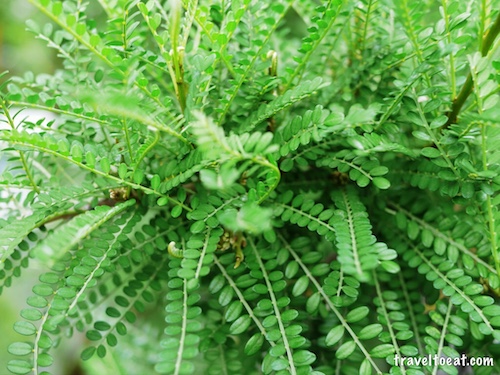
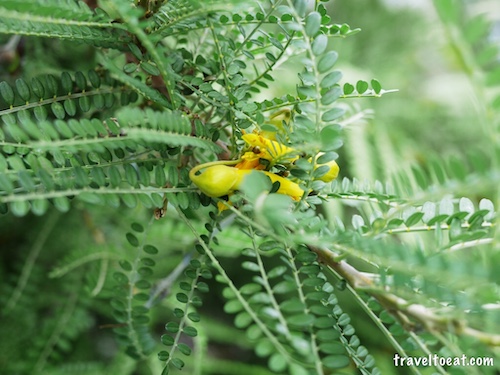
Kōwhai are small, woody trees in the genus Sophora native to New Zealand. There are eight species, Sophora microphylla and S. tetraptera being the most recognised as large trees. Their natural habitat is beside streams and on the edges of forest, in lowland or mountain open areas. Kōwhai trees grow throughout the country and are a common feature in New Zealand gardens. The name kōwhai comes from the Māori word for yellow, a reference to the color of the flower. Despite having no official status, the blooms of the kōwhai are widely regarded as being New Zealand’s national flower.
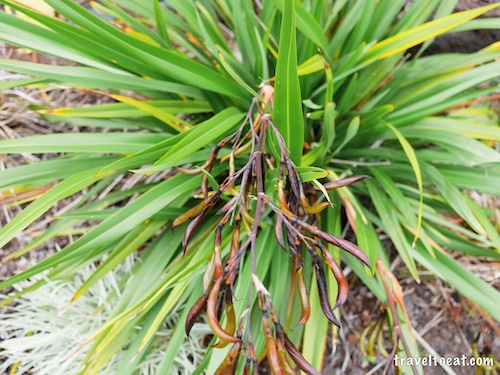
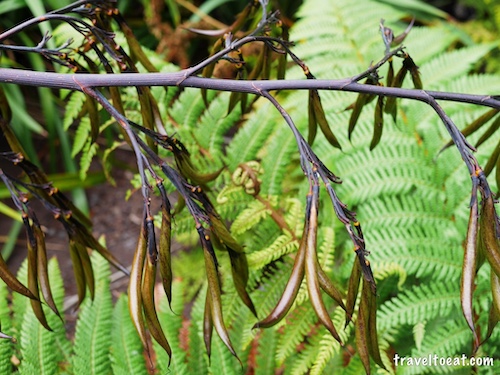
Phormium cookianum (also called P. colensoi in some texts) is the Mountain Flax or the Maori “wharariki”. It is a smaller growing plant with thinner leaves than Coastal Flax (Phormium tenax) that are arching rather than erect. The flowers are greenish-yellow and the seed pods are twisted and hang down from the flowering stalks. The name “Phormium” is derived from the Greek name for “basket”. Both of these plants were used by the Māori for weaving.
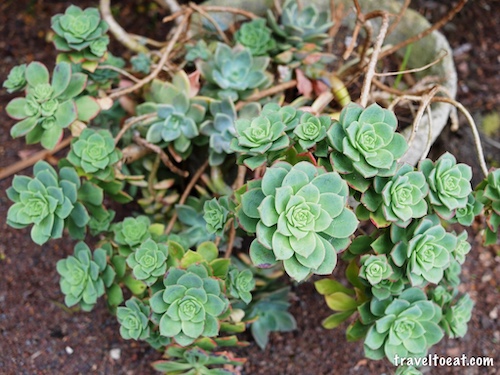
Echeveria elegans, is as the name suggests, an elegant classic. Also known as the White Mexican Rose, Mexican hens and chicks, Mexican Snowball and Mexican Gem. The lovely flower-like rosettes can in time become a virtual carpet of pale blue. It’s easy to grow, forms offsets quickly and can make a wide carpet of the rose-like rosettes. It is a species of flowering plant in the Crassulaceae family, native to semi-desert habitats in Mexico.
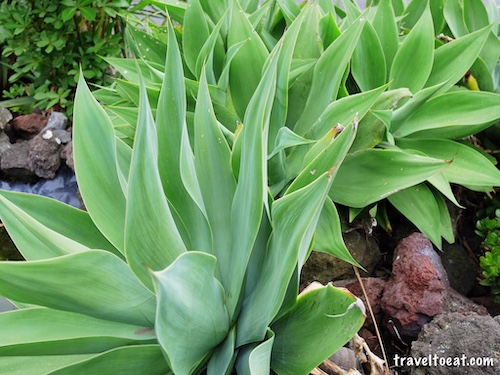
Agave attenuata is a species of agave sometimes known as the “lion’s tail,” “swan’s neck,” or “foxtail” for its development of a curved stem, unusual among agaves. Native to the plateau of the State of Jalisco in central Mexico, as one of the unarmed, or smooth edged agaves, it is popular as an ornamental plant in gardens in many other places.
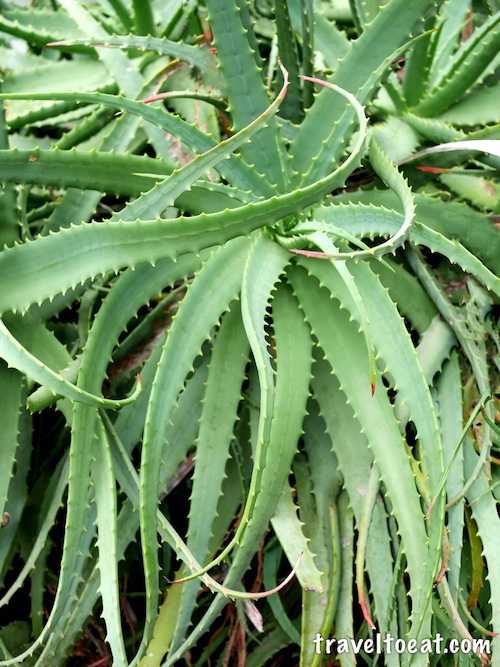
Aloe arborescens (krantz aloe, candelabra aloe) is a species of flowering succulent perennial plant that belongs to the Aloe genus, which it shares with the well known and studied Aloe vera. This species is also relatively popular among gardeners and has recently been studied for possible medical uses. The specific name arborescens means “tree-like”. Aloe arborescens is endemic to the south eastern part of Southern Africa.
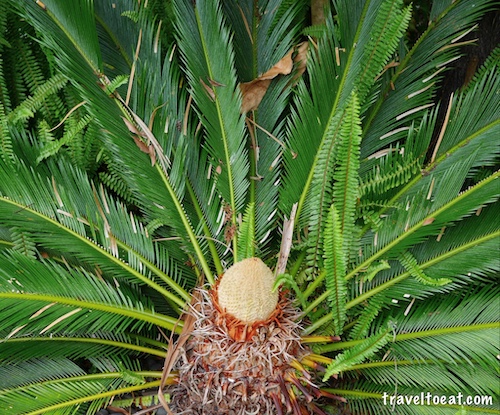
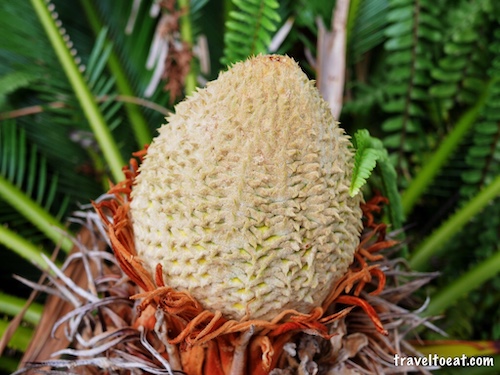
Sago palms are naturally found in tropical/subtropical environments; they are also used as ornamental Bonsai houseplants. These palms are members of the Order Cycadacae; genera Cycads, Macrozamia, and Zamias. Examples of the cycad family include Cycad (Cycas cirinalis), Japanese cycad (Cycad revolute), Coontie plant (Zamia pumila), and Cardbord palm (Zamia furfuracea). All parts of sago palm are considered poisonous, with the seeds (nuts) being the most toxic part of the plant. These pods are particularly poisonous to dogs and cats. Male plants produce long, yellowish, cone-shaped flowers, while the flowers on females resemble slightly flattened tan cabbages.
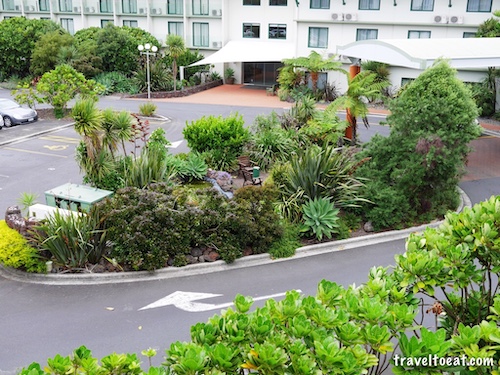
I really enjoyed the landscaping at the Jetpark Hotel and if you have some time to kill at the Auckland Airport, check it out yourself.
References:
Arum italicum: http://www.photomazza.com/?Arum-italicum
Pictures of Succulents: http://www.pplantpeddler.com/Succulents.html
Visual Compendium of Succulents: http://www.heitonbuckley.ie/blog/a-visual-compendium-of-succulents/
Succulent Pictures: http://succulent-plant.com/thumbnails.html
Heirloom Canna Florence Vaughan: https://www.oldhousegardens.com/CannaHistoryAndCare
Allium: http://www.jstor.org/stable/2257505?seq=1#page_scan_tab_contents
Arum italicum Leaves: http://garden-photos-com.photoshelter.com/gallery/Arum-italicum-Stock-Photos/G0000fF3RKt2SiYg

